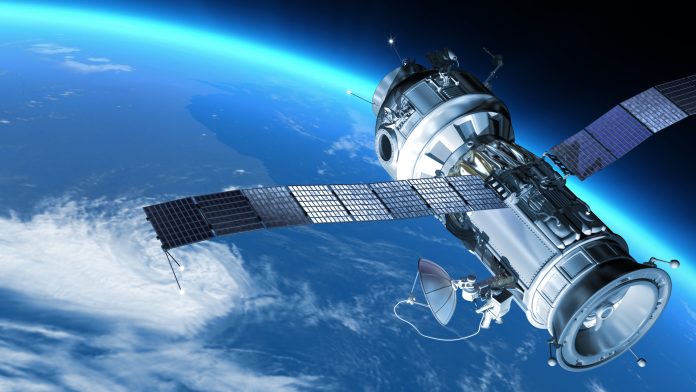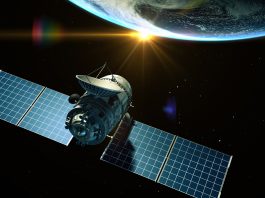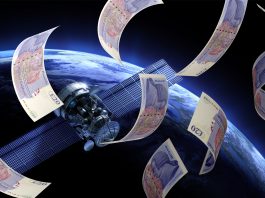Researchers at the University of Illinois Urbana-Champaign have developed an innovative automatic control technique that uses spacecraft solar panels to reach desired Mars orbit.
A satellite on a mission to Mars targets a low-altitude orbit, however, the lower the orbit, the more propellant is necessary to pass into orbit from Earth. In order to reduce the quantity of propellant used, a method known as aerobraking is employed.
Aerobraking
This uses a small propulsive manoeuvre for orbit insertion to move into a sizeable orbit; the satellite then takes numerous passes through the upper atmosphere, exploiting drag on the solar panels to lessen the scope of the orbit a slight amount each pass until the orbit is the necessary size for science operations.
This aerobraking method necessitates between three and six months to complete and entails near-continuous observation by a ground team on Earth.
Utilising solar panels
Aerospace engineers at the University of Illinois Urbana-Champaign established a means of utilising articulated solar panels to navigate the satellite for the duration of aerobraking, decreasing the quantity of passes necessary, leading to a possible reduction in propellant use, as well as being more time saving and economical.
“If we can rotate the solar panels, we can control how much drag is generated and we can actually steer during the atmospheric passes to control heating and energy depletion,” explained AE Professor Zach Putnam. “This means we can fly much closer to operational constraints, and aerobrake much faster.”
Putnam’s Ph.D. student, Giusy Falcone, utilised the satellite’s capability to rotate their solar panels and determined how the panels can be applied to optimise and control the drag.
“Giusy developed a real-time algorithm that you might think of as an autopilot that uses information from the spacecraft’s onboard navigation system to determine the angle of the solar panels in real time, based on current atmospheric conditions,” Putnam added.
Mitigating difficulties
The most significant limiting factor through the duration of flight is the temperature of the solar panels. When a satellite hits the molecules in the Mars atmosphere, the friction warms the panels, and over-heating the solar panels can destroy the spacecraft.
“Being able to steer the satellite during each atmospheric pass enables us to ensure we do not over temperature the solar panels while flying much closer to the thermal limit. This is a big improvement. Instead of aerobraking for three to six months, it might only take a couple of weeks.”
This research has focused on automating merely one pass through the atmosphere. This method would be replicated several times throughout a complete aerobraking campaign, Putnam explained.
Reducing satellites’ orbit
The team noted that as the satellite’s orbit reduces, the length of time it takes to carry out one orbit therefore becomes reduced, until the orbits are so short that there is not time to transfer information from the spacecraft to Earth, wait for a decision, then send commands back to make a correction.
“Because it is automatic, Giusy’s algorithm is particularly helpful at that last stage when the orbits are very rapid, but the algorithm can be used for the entire process,” Putnam added.
This is the first step in the direction of establishing an autonomous capacity for aerobraking that has repercussions for decreasing cost and mission risk on a greater scale.
“The trip out to Mars takes somewhere between six to nine months. We can’t really change that, but we think we can shorten the time it takes to aerobrake to a low-altitude orbit,” he commented. “And the propellant onboard we save can be used to do other things like keep the spacecraft alive longer.”
Optimising space travel
Putnam explained that the present aerobraking technique is also operationally demanding with a ground team at work 24 hours a day for about six months.
“You can imagine how expensive it is for a ground team working around the clock,” he concluded. “There is also limited bandwidth for ground stations that can talk to Mars. We have only three and they are oversubscribed as it is.
“This software would greatly reduce our reliance on ground stations. If we can automate it onboard and only have to check in with the spacecraft once a week, that would really bring costs down. And, it could be done by many satellites at the same time.”









